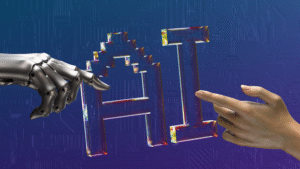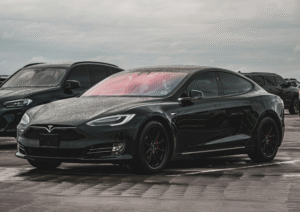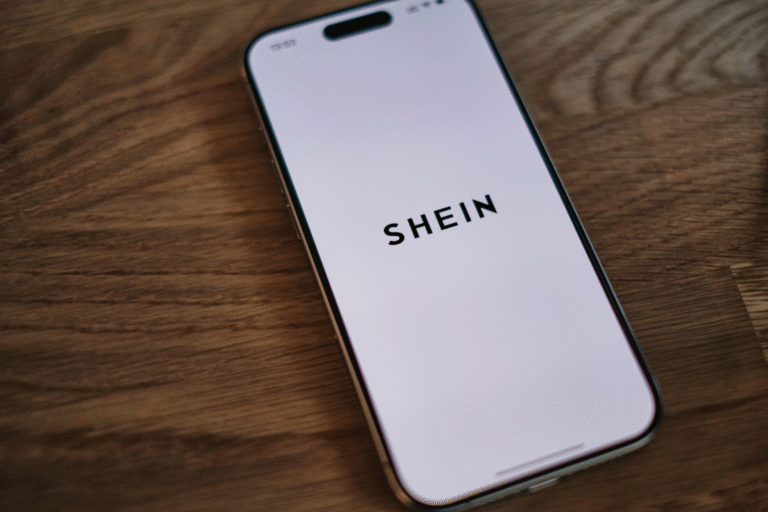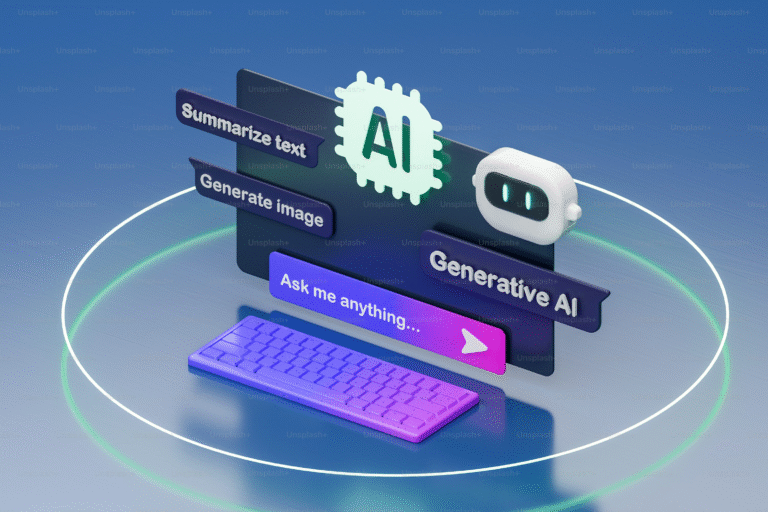That remarkable development is this: a cutting-edge electronic warfare radar system takes to the skies for its first successful flight. And it comes as part of a much more significant plan to give the RAF’s Typhoon fleet a markedly different cutting edge in the skies.
The radar system the Typhoon plane comes equipped with is known as the European Common Radar System Mark 2, or the ECRS Mk2 for short. It is not an ordinary radar since it has other special capabilities meant to enhance its ability to help RAF pilots locate, detect, and disable the enemy’s air defenses. With British pilots flying in the Typhoon aircraft, they will have a much better chance to locate any airborne threats and thereby neutralize them effectively.
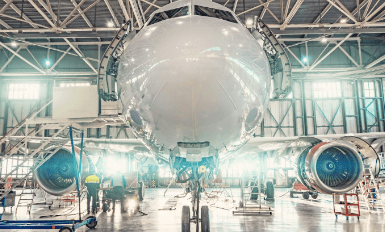
The testing of the ECRS Mk2 radar was carried out on a UK Typhoon aircraft at BAE Systems’ facilities in Lancashire. BAE Systems is a really famous company that assembles military aircraft and equipment. To the people involved in this project, flying such a radar truly means much. This is indeed how far technology has developed in helping our military.
What’s special about ECRS Mk2?
What is really neat about the ECRS Mk2 is that it does more than the bare simple tasks that the traditional radar would do, such as search and track. It brings in some enhanced electronic warfare capabilities into the new radar. This means that using this type of radar, it can find the enemy’s radar systems and also jam them, which would make it more difficult for its adversary to spot what is going on in the skies.
It is somewhat similar to the act of hiding from enemies in a game. That is pretty much what this radar does! The Typhoon can safely get overhead with an enemy completely undetected through enemy radar. It thus gives big plus in time during aerial combat to the British pilots as they have the ability to strike first and take the initiative with the situation.
Why is that important?
Air Commodore Nick Lowe pointed out the importance of this new radar: he is the one who makes sure that Typhoon aircraft are “operational and doing the job they are designed to do.” He told me that the primary improvement needed in the Typhoon was enhancing its air combat capability: This enhancement will allow the RAF to keep the UK safe by deterrence, if necessary while doing so. It will also have a very significant part to play in maintaining the ability to operate effectively with allied forces, such as NATO.
NATO is the short form of North Atlantic Treaty Organization, one of the alliance counties which cooperate with one another so as to ensure protection. The UK, in this case, enhances the power of Typhoon by upgrading it to ensure that it can adapt to any obstacle which may be rising at home or even abroad.
Therefore, this new radar is a crucial tool in the future of air combat. The world is constantly changing, and so are the war technologies. For purposes of modernization in whatever forms of challenges that lay ahead, the RAF undertakes investments of such modern systems like ECRS Mk2.
The Road to Development
Creating a radar system such as the ECRS Mk2 does not come cheap; instead, it calls for massive research, testing, and teamwork. Leonardo UK, who developed the radar, had to work with all their might to be sure that it met the needs of the RAF. The engineers and scientists collaborated to integrate various technologies to make sure that the radar could be effective in some of the most challenging situations.
The ECRS Mk2 has successfully flown past the phase, launching it for additional tests so that the device will do what it promises. The significance of these tests is to understand how the radar works under different circumstances. Feedback collected during these tests will be used by the RAF to fine-tune the system.
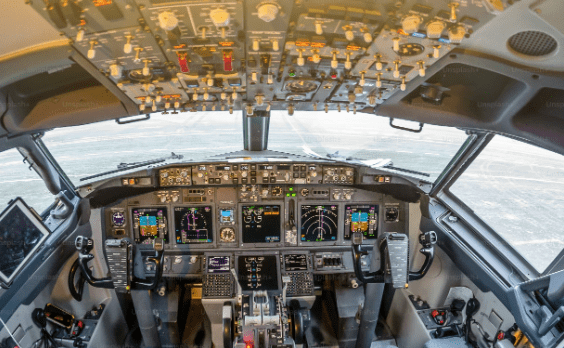
The Future of Air Combat
The trend of how the world is developing with regard to technology is such that countries will still be refined in their ways of defense. One of those bright examples is the ECRS Mk2 radar system: though these improvements result in better tools for pilots, they ensure the RAF will operate effectively.
The urgent need was rapid detection and countering of threats. The new radar would now give British pilots an edge in air-to-air battles, protect airspace over the United Kingdom, and aid NATO operations around the world.
So what’s next?
Buoyant news is coming from the RAF and its partners after the successful test flight of the ECRS Mk2, which may bring a lot more news soon. Further testing will perfect the radar system so it can eventually be fully integrated into the Typhoon aircraft.
As the radar technology develops, it must be on top of every possible threat against it and, by doing so, the RAF must look well ahead with high-class equipment to make sure the air force in Britain remains number one in the world.


